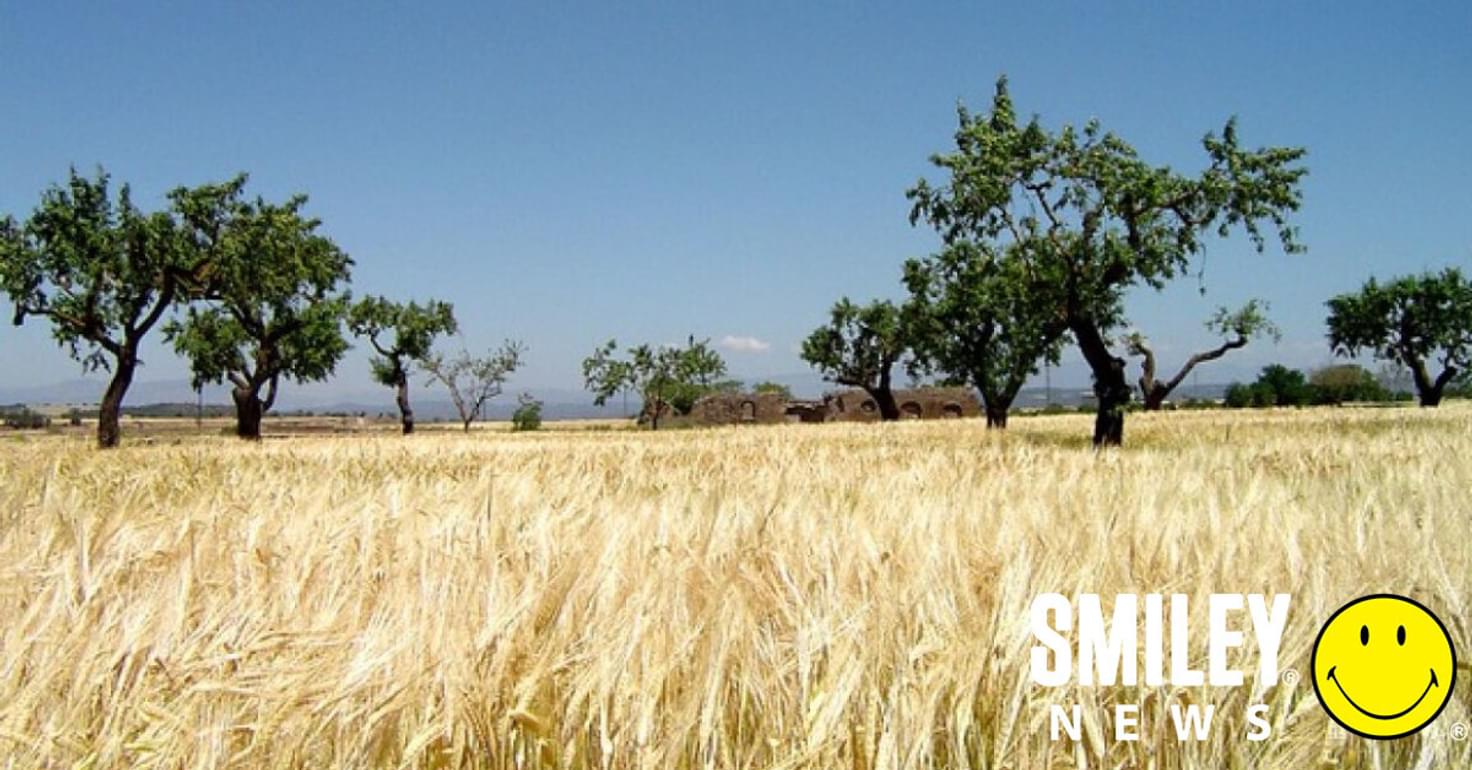
Words by Smiley Team
Small trees, including neem, acacia, moringa, leucaena and moringa, dot the landscape of the Minawao camp where some 56,000 Nigerians have sought shelter from violence in their homeland. They have escaped the terror and brutal treatment meted out by the outlawed Boko Haram extremist group which has been attacking villages along the border with Cameroon for over a decade.
As in all refugee camps, life can be tough, but the residents of Minawao told UN News during a visit to the camp in February, that they have been working to plant trees in order to create a greener and more environmentally-friendly camp.
“When there are no trees,” explained refugee representative Luka Isaac, “you can’t rest, you have to run around helter-skelter looking for shade in order to relax.”
When the refugees started arriving in Minawao in May 2013, some 30 kilometers from the Nigerian border, the local environment bore the full force of their presence. “Most people thought they would be here for just two or three months,”
“So, they ripped up trees for firewood and left nothing but sand and rocks,” Luka Isaac told UN News.
The uprooting of trees in Minawao is a part of a wider problem of deforestation in north-east Cameroon, where the fragile landscape has been degraded by unsustainable cultivation practices and rising temperatures caused by global warming.
The arrival of close to 60,000 extra people has also put a huge pressure on a region where natural resources are scarce and desertification is already under way.
Original Article by Xavier Bourgois. Source: UN News